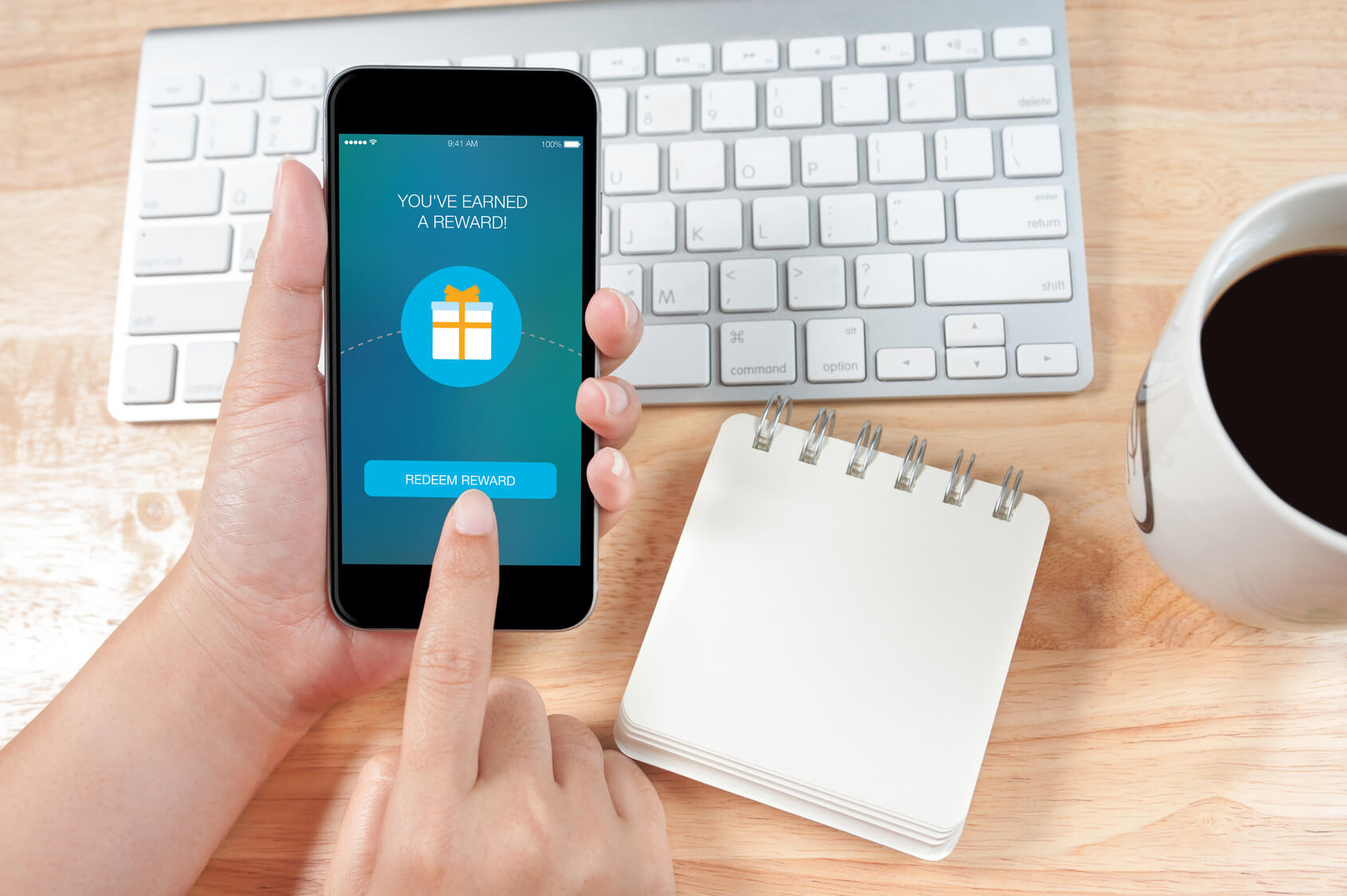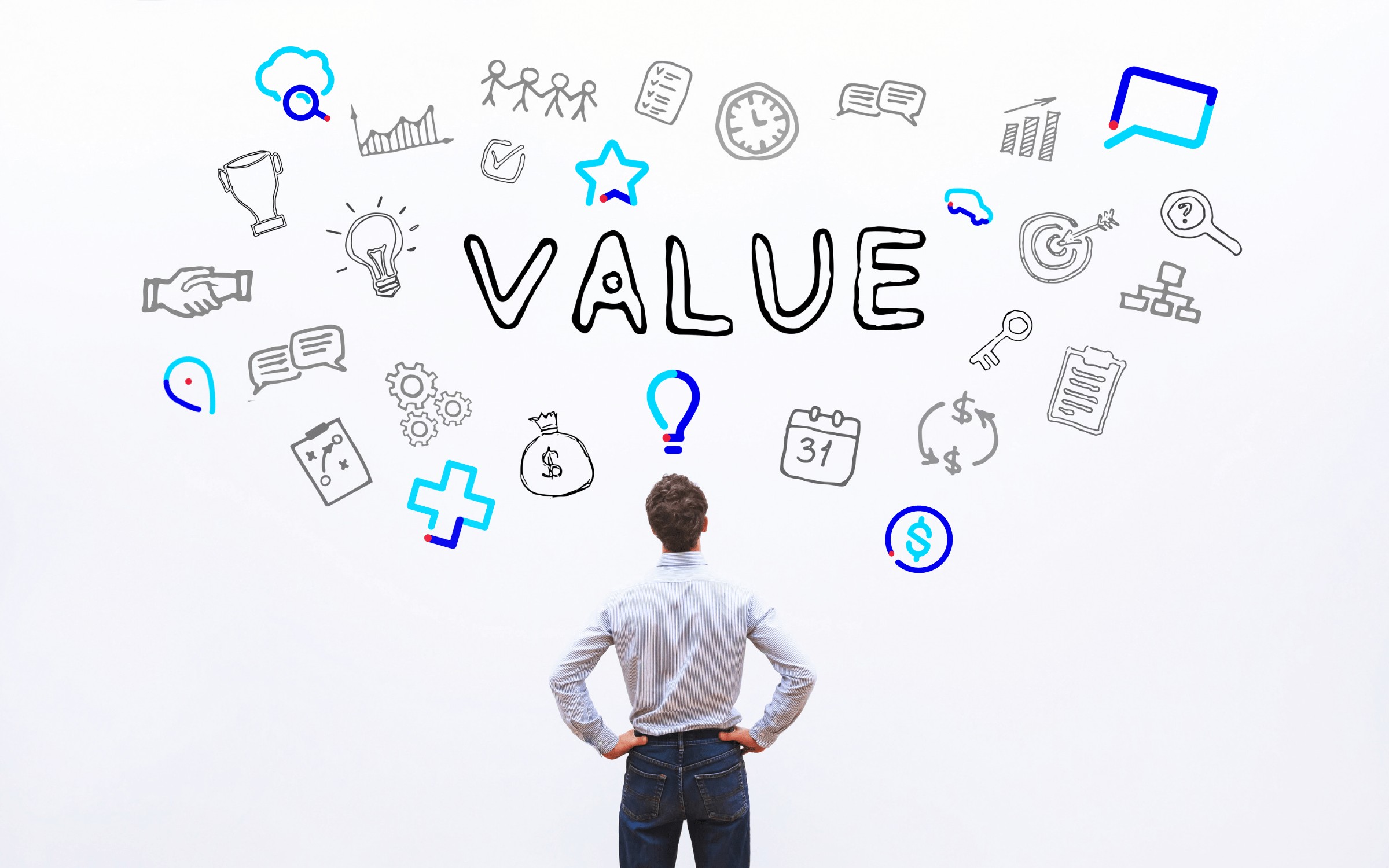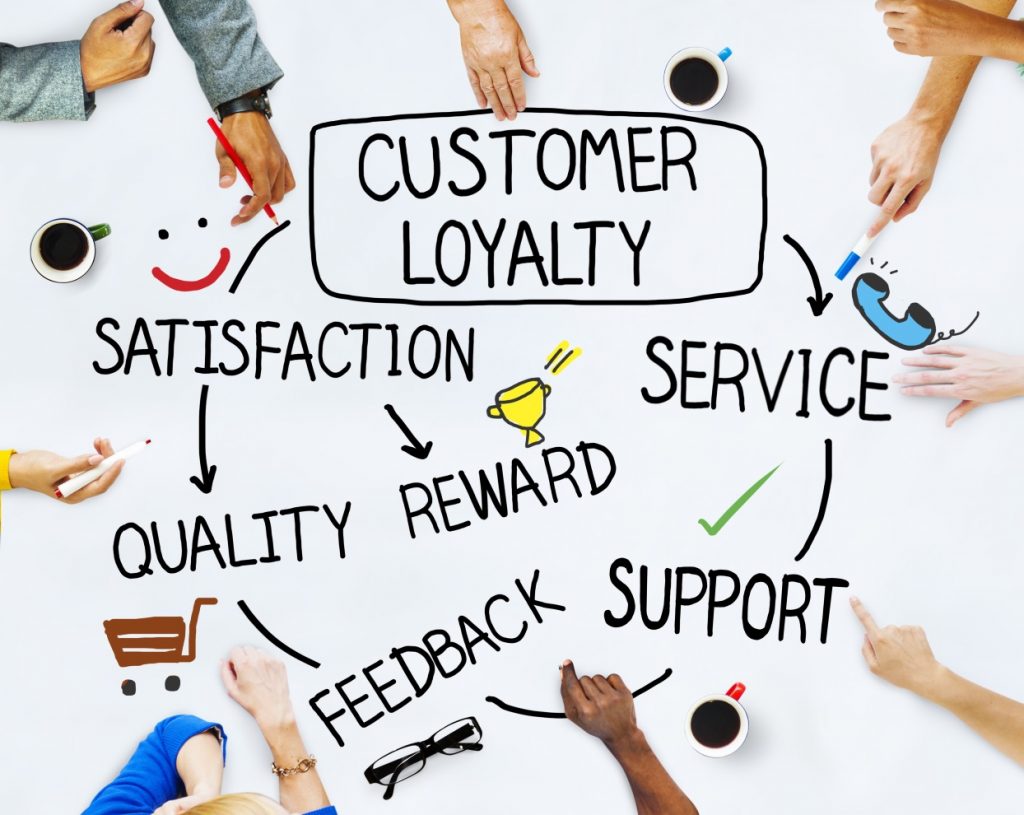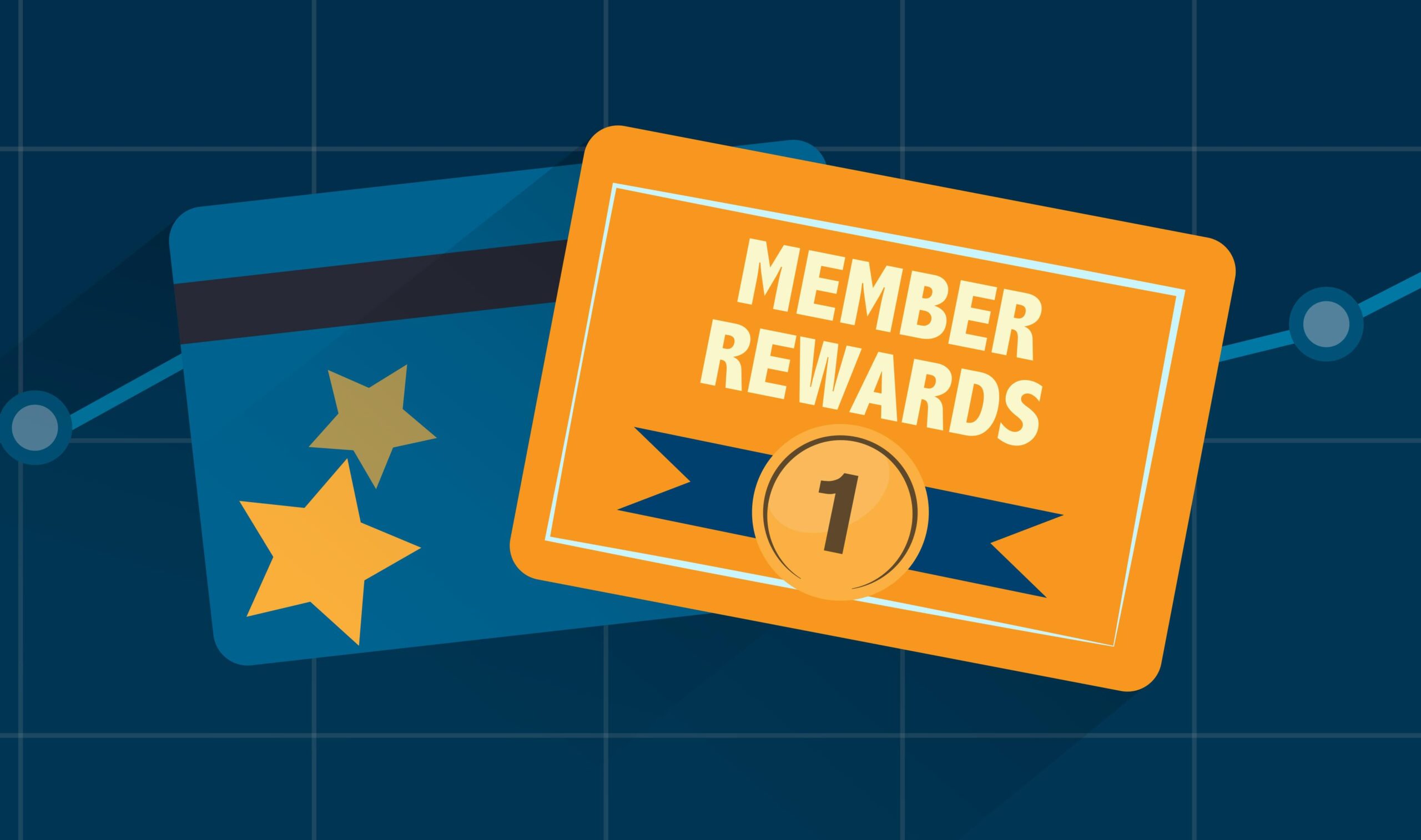Customer loyalty programs are nothing new. They have been around for a while and pretty much all of us understand how they work – the more you spend at a certain store the more you get back from them as a sign of appreciation.
These loyalty programs are an official way for every business to effectively and efficiently manage their customer database, encourage repeat business and keep customers coming back for more. A while ago these programs were thought to be just for big businesses that have big resource pools for these intentions but the tables have turned. With the popularity of loyalty programs, they have become available and started offering the same benefits toward small to mid-size businesses.
What is interesting is that loyalty programs, executed the right way, can generate as much as 20% of a company’s profit which is not something to throw away just like that. If you like to know more about this then learn more here!
Now since this became a powerful tool in any business’ arsenal loyalty programs are throwing everywhere. This brought to another problem which we will discuss in today’s article. Just how do you know that your loyalty program is working? Well stick around and find out.
1. What is your loyalty type style?

Now when talking about loyalty stiles you have to understand that there are two styles of loyalty programs old styles that our parents and even grandparents owned like “earn and burn” loyalty programs that don’t cut it anymore in today’s market. These programs are outdated and many of those who used these types have already transitioned to the new style loyalty programs thanks to their simplicity and effectiveness. Old style or traditional programs outdated mostly thanks to the fact that they didn’t succeed in responding to the market dynamics. They were sluggish in keeping track with changes, fashion and the general speed in which every market shifted into. They also failed to respond to customer attitudes and availability and technology – all quintessential things that lead to better satisfaction. With the changes in market dynamics came the changes in loyalty programs and new kids on the block rose from the ground. These are the ones that give us what we need and when we need it which is why they made the traditional programs obsolete. More about the news type of loyalty programs below.
2. Engagement incentives

Old type loyalty programs used to incentivize the financial rewards while the new ones tend to do both financial and engagement with the brand. This is a huge change forward especially from the old “earn and burn” loyalties which nowadays aren’t considered as an actual loyalty toward a certain brand or business. Brands that we like we go out of our way to promote them by talking about them, making posts about them etc., and this is what new and modern loyalty program has to recognize and incentivize – our loyalty that we give to the brand other than just money.
3. Emotional rewards

Customers today want emotional incentives as well since they are more interested in experience than pure possession and we choose certain brands more based on value than price as well. We are all looking for a thing that will simplify our lives since time has become more important than money, and a successful and modern loyalty program has to reflect that. Not everyone wants money back, emotional rewards can be very powerful in some cases. Loyalty programs have the same problems as modern marketing does – make more noise and work harder to get someone’s attention. There are competitors everywhere and you have to fight to stay relevant and memorable. This is exactly why modern loyalty programs are including these emotional rewards and this is why they have such success.
4. Value focus

Whether you want to admit it or not customer focuses have transition greatly in the past years. There is a clear and visible trend of customers making purchase decisions not based on the value-for-money perspective but rather based on emotional value and brand value dimension. What this says is that now customers make their purchasing decisions according to how they align with the values of the brand. This is another thing that a loyalty program has to reflect. A company that supports its customers in being healthy can use this type of loyalty program to reward them for working out, for example. By this example, any athletic store can give you points or rewards when you do something simple like going for a run.
5. Loyalty mechanics

Now, this is something that is supposed to back up the entire incentive part of the loyalty program and make it even more effective for any business. It can also subtly nudge and change customer behaviour. Loyalty mechanics summarize everything from behavioural science and marketing. If a loyalty program utilizes this then it is making use of clever tricks that can improve the conversion and performance of the program. This would mean that your program has some sorts of tiers like bronze, silver and gold or even a leader board of sorts that can incentivize your customers to compete for more for the top spots that will allow them to unlock more and better benefits and rewards. Some other loyalty mechanics can be time limitations, a sense of urgency, exclusivity and much, much more.
6. Data science

Now, this is the lifeblood of loyalty programs. Nothing in the world can and will functions if there is no data behind it or backing it up. This is the same in marketing and loyalty programs as well. If there is no data collected the program will not work. If your certain loyalty program doesn’t collect every touchpoint with your brand or business it will not work. You will also need to connect all that data and have it work for you so you can have some actionable insight into their behaviours, preferences, patterns and more. Thanks to data science within a loyalty program you can have a chance to offer, for instance, a personalized reward for your customers. This comes in handy because customers are different and some need a discount for the next purchase while others may need something different, or nothing at all but a little nudge or excuse to check back in the store.







